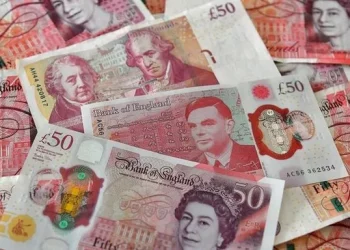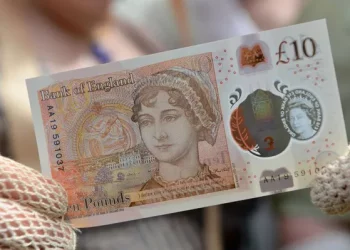On top of that, many investors are familiar with the term “position.”
“Position” originated in China. In the period of the Republic of China, banks paid “Yuan Datou” every day, and the thickness of ten Yuan Datou stacked was only one inch, which was the source of “position”.
Today, the term “position” is used for financial, securities, stocks, futures, and other transactions.
What is a “position”?
Generally speaking, a “position” is also called a “Postion,” a contract to buy or sell a financial product.
We often refer to the act of trading a position as “J opening”, new positions as “new positions”, and holding these positions as “holding positions”.
In the market, “position” refers to foreign currency holdings, i.e., the balance.
Foreign exchange traders profit by building positions to earn the difference in foreign exchange.
Positions can usually be divided into long positions, short positions, and net positions.
1. A Long Position is a Position that is bullish on a late-stage trend in the market and believes it will rise, so they are bullish.
That is, AFTER the TRADER buys the position at a certain price, waits for the exchange rate to rise to the call target, and then sells the position to reach the closing position (equalization of buying and selling).
A Short Position is a Position sold by a trader who is bearish on market conditions because he believes a pair of currencies will fall, so he is bearish on exchange rates.
That is, after selling its position at a certain price, waiting for the exchange rate to fall to the bearish target, then buying the position to reach the liquidation (buying and selling in equal amounts).
3. The market usually refers to a Net trading Position as a Net Position, in which a trader closes by selling/buying the buy/sell positions of previous traders, leaving the remaining Position as a Net Position.
How to adjust?
We know that “position” refers to the balance of foreign exchange transactions, that is, the difference between foreign exchange banks and clients or other transactions in foreign currency denominated claims and liabilities.
In the event of claims and debt imbalance, the bank will bear.
At the same time, they will face the problem of excess and shortage of funds, which will further affect the normal operation of banks.
Therefore, the adjustment of foreign exchange positions is very important.
Take Japan as an example: in order to maintain the sound banking business and prevent foreign exchange speculation, the comprehensive position limit of foreign exchange banks is stipulated.
Therefore, in order to control the position within this range, foreign exchange banks must make corresponding adjustments.
For example, when a short position arises, it is necessary to eliminate dollar liabilities;
On the contrary, when the dollar has a long position, sell the dollar.
Of course, this adjustment will also have a big impact on the exchange rate.
The e adjustment will change the direction of foreign exchange trading, that is, when foreign exchange trading tends to sell dollars to buy yen, the bank will increase the value of the dollar by buying dollars and selling yen, causing traders to buy dollars in turn;
Instead, sell dollars and buy yen to adjust the exchange rate.
Therefore, when judging the exchange rate trend, the accumulated market position can also serve as an important basis for judgment.
The adjustment of the position scheme should take into account not only the positions of the foreign exchange bank, but also the long or short positions of the dollar held by overseas speculators.
In addition, position adjustment needs to be based on technical changes caused by seasonal, institutional and customary factors.
The New Year will be the market holiday, the Fed is about to start trimming.
Please pay attention to the specific operation, the market is changing rapidly, investment needs to be cautious, the operation strategy is for reference only.

























